Introduction
In the vast tapestry of Chinese tea culture, where each leaf and brew narrates a story of history, tradition, and terroir, one particular tea stands out for its unique characteristics and enigmatic aura. This tea, known as Yangyan Gouqing, is not merely a beverage; it is an embodiment of the essence of Zhejiang province’s tea heritage, encapsulating the spirit of meticulous craftsmanship and the pursuit of perfection. This article embarks on an explorative journey to unravel the mystery surrounding Yangyan Gouqing tea, delving into its origins, production processes, sensory profiles, and cultural significance.
Origins and Geography
Yangyan Gouqing hails from the picturesque Yangyan Mountain in Linhai City, Zhejiang Province, southeastern China. This region is renowned for its lush, verdant landscapes, misty mornings, and fertile soil, which together create an ideal microclimate for growing tea. Yangyan Mountain, in particular, boasts a unique combination of altitude, temperature, and humidity, contributing to the tea’s distinctive flavor and aroma.
The history of tea cultivation in this area dates back centuries, with local farmers meticulously nurturing tea plants, passing down their knowledge and techniques through generations. Yangyan Gouqing, therefore, is not just a product of nature but also a testament to human ingenuity and dedication.
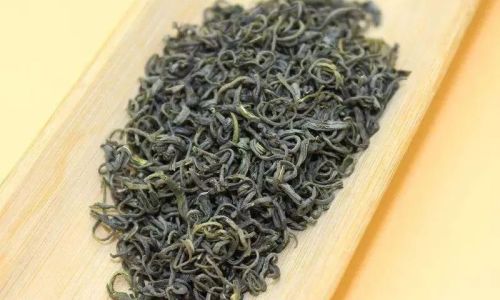
The Tea Plant: Camellia Sinensis
Yangyan Gouqing is derived from the Camellia sinensis plant, specifically from a variety known for its suitability to the local climate and soil conditions. This variety is characterized by its small, tender leaves that are rich in natural oils and essential compounds responsible for the tea’s flavor profile. The careful selection of tea plants ensures that only the finest leaves are used for producing Yangyan Gouqing, a practice that underscores the importance of quality over quantity.
Production Techniques: A Labor of Love
The production of Yangyan Gouqing involves a series of intricate steps, each requiring meticulous attention to detail and a deep understanding of tea-making traditions. Here’s a closer look at the production process:
-
Plucking: The first step in the production of Yangyan Gouqing is the careful plucking of tea leaves. Only the youngest, most tender leaves, usually the two top leaves and a bud, are harvested. This is typically done by hand, ensuring that only the highest quality leaves are selected. The timing of the pluck is crucial, as it affects the tea’s final taste and aroma. Early spring pluckings are generally considered the best, as the leaves are richer in natural oils and flavors.
-
Withering: Once plucked, the leaves undergo a withering process, where they are spread out on bamboo trays and allowed to lose some of their moisture content. This step is crucial for developing the tea’s aroma and flavor. The leaves are withered under controlled conditions of temperature and humidity, a process that can take several hours to a day, depending on the weather and the desired outcome.
-
Rolling: After withering, the leaves are rolled into tight spirals or balls, a process that helps to release the juices within the leaves and promote further oxidation. Rolling is done by hand, a testament to the craftsmanship involved in producing Yangyan Gouqing. The skill of the roller is crucial, as it determines the shape and texture of the final tea leaves.
-
Oxidation: Following rolling, the leaves are allowed to oxidize for a period ranging from a few hours to a day. Oxidation is a chemical reaction that transforms the leaf’s color, flavor, and aroma. The degree of oxidation is carefully controlled, as it significantly impacts the tea’s final taste profile. Yangyan Gouqing is typically partially oxidized, giving it a unique balance of flavors between green and oolong teas.
-
Firing: Once the desired level of oxidation is achieved, the leaves are fired or dried to halt the oxidation process and preserve the tea’s characteristics. Firing is done at high temperatures, usually in traditional kilns or modern ovens. This step also helps to develop the tea’s aroma and color, enhancing its overall sensory experience.
-
Sorting and Packaging: Finally, the tea leaves are sorted to remove any imperfections, ensuring that only the finest leaves are packaged for sale. Yangyan Gouqing is often packaged in airtight containers to maintain its freshness and quality.
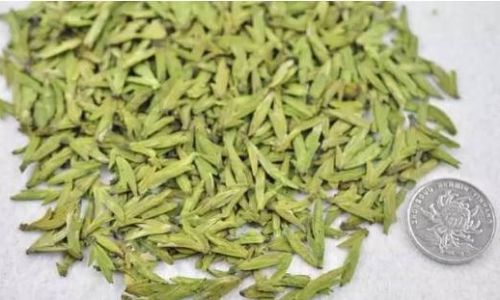
Sensory Profile: A Symphony of Flavors
Yangyan Gouqing’s sensory profile is a harmonious blend of flavors and aromas, reflecting its unique production processes and terroir. Here’s a breakdown of its sensory attributes:
-
Appearance: Yangyan Gouqing leaves are typically tightly rolled into small spirals or balls, with a dark greenish-brown hue. When brewed, the leaves unfurl to reveal their delicate structure, and the liquor takes on a bright, golden-green color.
-
Aroma: The aroma of Yangyan Gouqing is both fresh and floral, with hints of honey and fruit. It has a subtle, sweet fragrance that is inviting and alluring, setting the stage for a delightful tasting experience.
-
Taste: The taste of Yangyan Gouqing is complex and layered, with notes of sweetness, freshness, and a slight astringency. It offers a balanced profile, neither too strong nor too delicate, making it an ideal choice for tea enthusiasts who appreciate a nuanced and refined taste.
-
Aftertaste: The aftertaste of Yangyan Gouqing is long-lasting and pleasant, with a lingering sweetness and a subtle hint of bitterness that balances the overall flavor. This lingering sensation leaves a lasting impression, making each sip a memorable experience.
Cultural Significance and Traditional Practices
Yangyan Gouqing is not just a tea; it is deeply embedded in the cultural fabric of Zhejiang province. For centuries, it has been revered as a symbol of purity, wisdom, and harmony. It is often served during special occasions and ceremonies, where its rich flavor and aroma are believed to bring good fortune and blessings.
In traditional Chinese medicine, Yangyan Gouqing is also valued for its potential health benefits. Believed to have detoxifying, antioxidant, and stress-reducing properties, it is often recommended as a natural remedy for various ailments. While scientific research on these claims is ongoing, the tea’s popularity as a healthful beverage remains unwavering.
Moreover, the production of Yangyan Gouqing is closely tied to traditional practices and rituals. From the careful selection of tea plants to the meticulous hand-rolling of leaves, each step is steeped in tradition and respect for the craft. This dedication to tradition ensures that Yangyan Gouqing retains its authenticity and unique character, distinguishing it from other teas on the market.
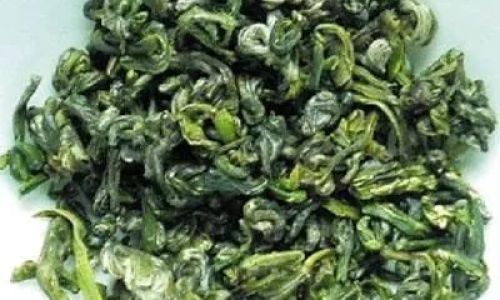
Modern Trends and Global Recognition
In recent years, Yangyan Gouqing has gained international recognition, attracting tea enthusiasts from around the world. Its unique flavor profile and cultural significance have made it a sought-after commodity in the global tea market. To cater to this growing demand, producers have adopted modern production techniques while preserving traditional values.
For instance, some producers now use advanced machinery for sorting and packaging, ensuring that the tea reaches consumers in its freshest form. At the same time, they continue to rely on traditional methods for plucking, rolling, and firing, preserving the tea’s authentic taste and aroma.
Furthermore, the rise of e-commerce and online tea shops has made Yangyan Gouqing more accessible to international consumers. With the click of a button, tea lovers can now experience the unique charm of this Zhejiang specialty, regardless of their geographical location.
Conclusion
Yangyan Gouqing tea is a treasure trove of Chinese tea culture, embodying the essence of Zhejiang province’s rich history and traditions. Its unique production processes, sensory profile, and cultural significance make it a standout among teas. As it continues to gain global recognition, Yangyan Gouqing serves as a bridge between the past and the present, connecting tea enthusiasts from around the world to the timeless beauty of Chinese tea culture.
In the end, Yangyan Gouqing is not just a beverage; it is a journey through time, a celebration of nature’s bounty, and a testament to human ingenuity and dedication. Each sip is a reminder of the intricate dance between terroir, tradition, and craftsmanship that makes Yangyan Gouqing a truly exceptional tea. As we continue to explore and appreciate this remarkable beverage, we are not just tasting tea; we are tasting history, culture, and the essence of Zhejiang’s tea heritage.
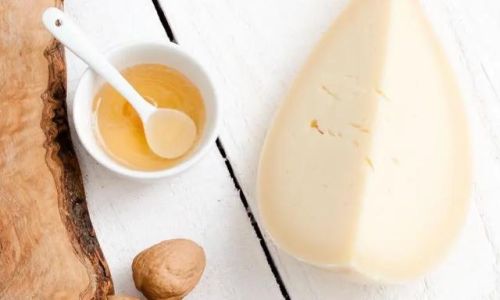


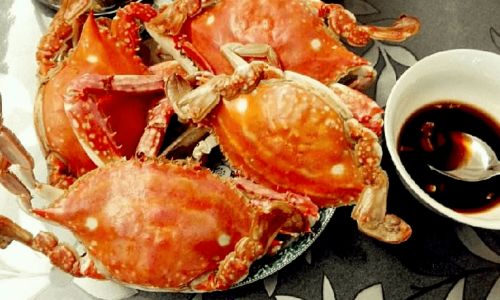
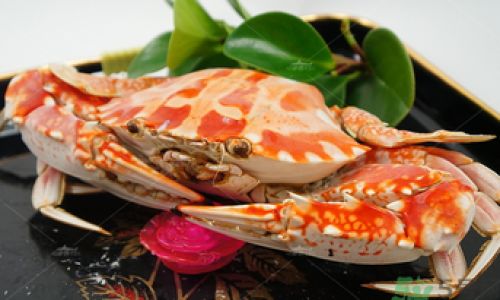
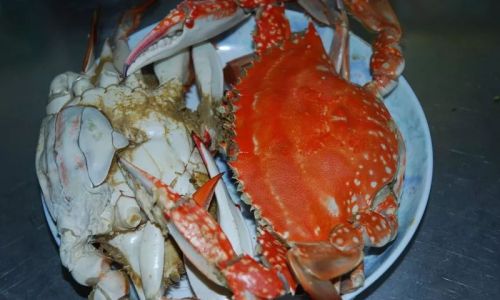
0 comments